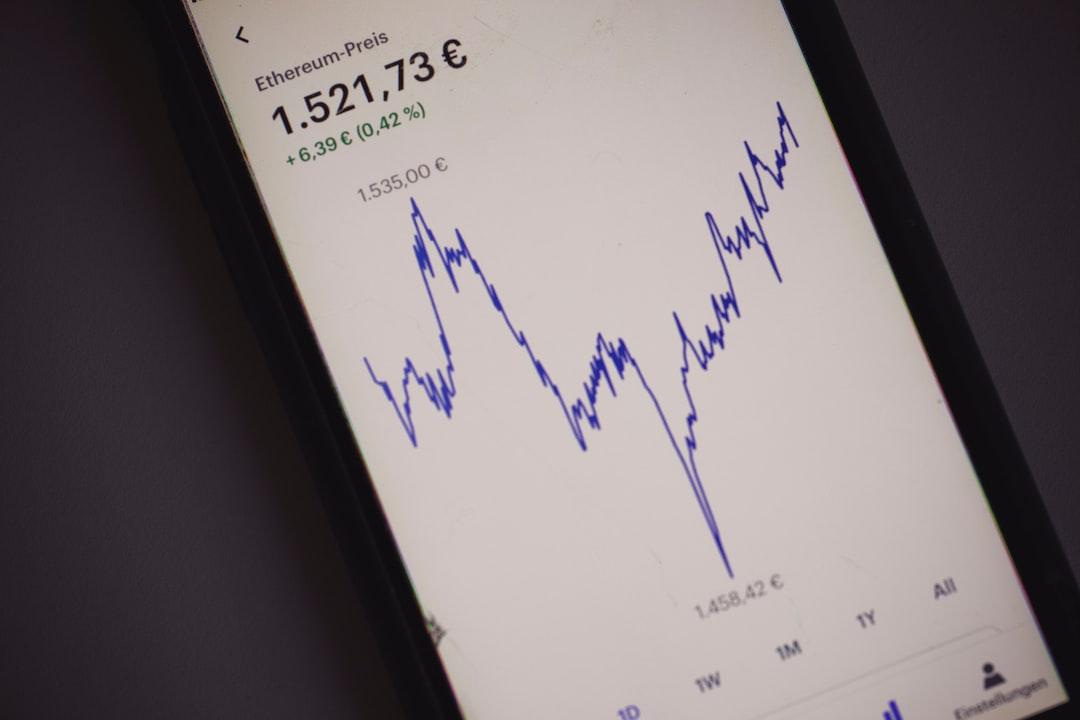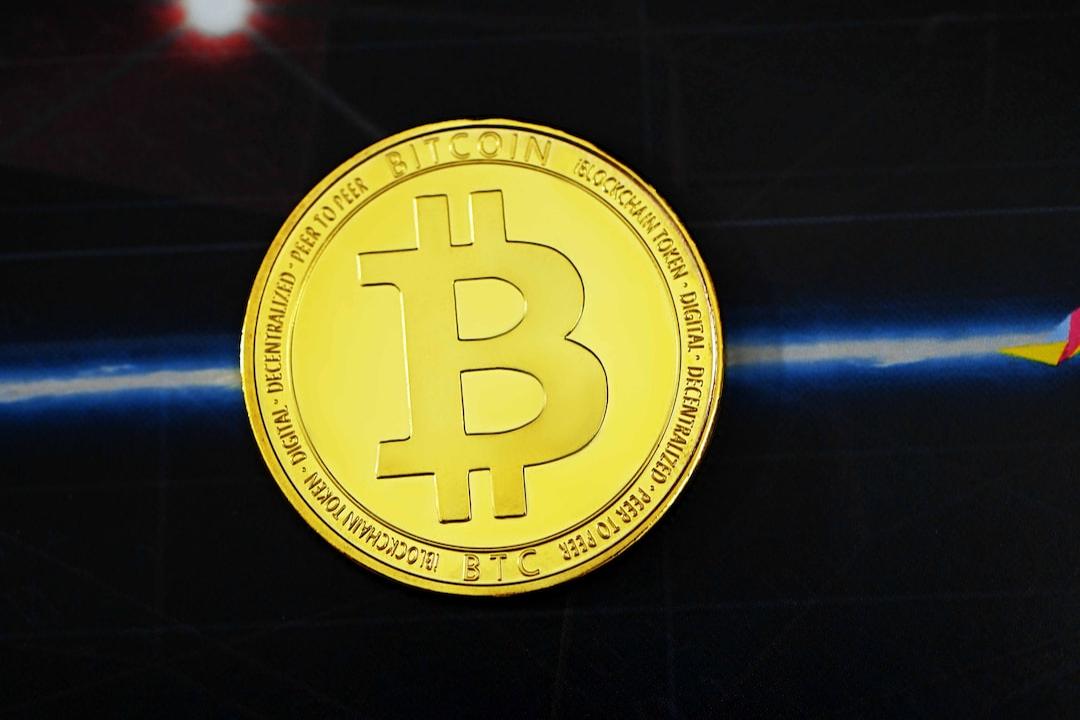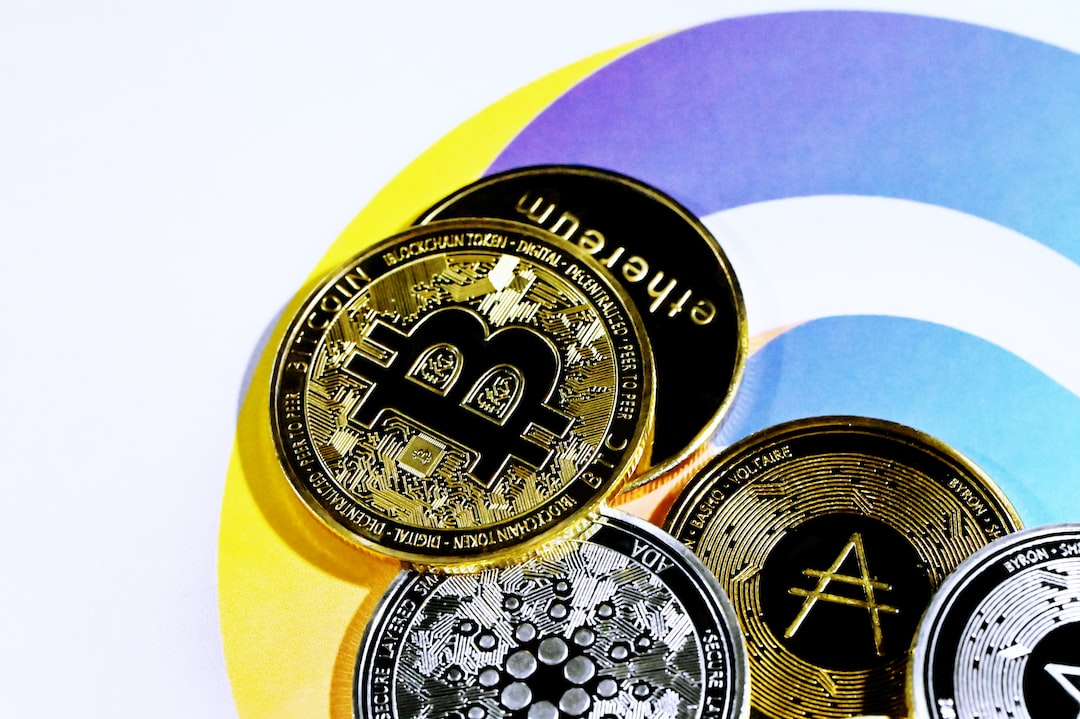As a professional translator, I have translated the news article into English using a descriptive tone, ensuring accuracy and fluency of the sentences while retaining proper nouns and all 
references. Please find the translated content below:
Title: “A Social and Financial Study of Memecoins”
Author: Andrew Hong
Translation: Ladyfinger, blockbeats
Editor’s Note:
This article delves into the behavior and influence of memecoins in the current market. Through a detailed analysis framework, it reveals the diverse performance and investment potential of these types of cryptocurrencies. The data and charts in the article are sourced from a dataset specifically compiled for Farcaster memecoins, providing a comprehensive perspective to help readers understand the community and financial performance of memecoins. By combining community data with financial data, the author attempts to provide a more scientific evaluation and classification of these tokens, thus providing decision support for investors and analysts.
Introduction:
Every market cycle is accompanied by the emergence of memecoins. If you’re unfamiliar with the concept, think of the 2021 Reddit-driven frenzy that boosted the AMC stock price. A group of people rallied around a meme and drove up the price of an asset in a short period (ranging from one day to several months). This has become a popular market strategy in the crypto space, from the blockchain layer to the application layer, as people drive not only the price but also the attention to an ecosystem. Some projects, such as Avalanche, have even created official foundations for memecoins to go further.
The difference between memecoins and any other tokens may not be very clear, but in most cases, apart from the meme image itself, there is nothing else supporting the token. For example, DOGE as a token is only supported by the Shiba Inu image, which is different from ETH, protected by the Ethereum blockchain, UNI supported by the complete Uniswap protocol, or MKR supported by the complete collateralized stablecoin service.
Farcaster memecoins (such as DEGEN) are the latest trend, with their main advantage being their community’s accessibility. Therefore, I would like to conduct some basic analysis by combining community and financial data.
How to Evaluate a Memecoin:
We can classify all memecoins using the following charts:

The above charts divide them into five main areas:
Extreme Risk: Memecoins with low liquidity and trading volume are very risky and prone to rugs because there are too few liquidity providers.
Bot Arena: Most memecoins will never break free from the war, as there are thousands of coins, and many memecoins with the same or similar token names are competing for the attention of the community and assets.
Volatile Growth: Memecoins that break through the initial phase need to maintain their momentum and growth. During this period, price fluctuations of 100-500% may be seen, and many KOLs will start to seize on the meme, regardless of whether the fluctuations are upward or downward.
Well Established: Leaders in the memecoin market will dominate in terms of community attention and financial value over time, creating a clear distinction from other competitors. This leadership status may be reflected in smaller price fluctuations, showing stability, as the number of new investors interested in the memecoin balances out with the number of exiting investors, thus maintaining sustained attention to the memecoin.
Sleeping Giant: Memecoins with significant growth in both community and funds, without suffering from rugs, may temporarily fall silent. It is likely that a DAO has been formed, they have started launching minting or products, and are dealing with the chaos in the community, hoping to be noticed again.
Most memecoins should be trapped in the “Bot Arena,” with a few standout memecoins in the “Volatile Growth” section, and perhaps one or two memecoins that can become “Well Established.” In this process, some memecoins may lose community power and become “Sleeping Giants,” while others may lose liquidity and become “Extreme Risk.”
The roadmap for a successful memecoin should be as follows:

We may see many memecoins with high media attention due to bot or KOL promotion, but in reality, their liquidity may not be strong, which could expose investors to the risk of rugs, meaning they could suffer losses if liquidity is suddenly withdrawn by the project.
After extensive data analysis, I created charts related to Farcaster memecoins on Dune:

This actually aligns with my expectations. You can see that DEGEN is at the farthest end in the top right corner, followed by others like ENJOY, HIGHER, TN100X, and EVERY in the middle. Other memecoins are trapped on the left, competing for attention and liquidity.
It is worth noting that I did not filter out Sybil attacks or bots here, so the community scores of some memecoins may be biased. This is an area for improvement in the future.
Now, let’s explain how these two scores are generated from this final chart. I will also present further research questions and explain my logic in detail for those who want to delve deeper.
There are also some icons that I did not list in this article, which can be found here.
Community Score:
Each score consists of a “Base” part and a “Growth” part. For the community score, we first measure the delivery and engagement of token mentions. Therefore, in this approach, “$DEGEN” would be counted, but “DEGEN” would not. Symbols related to the token, such as degen hat, higher arrow, tn100x ham, are also counted.
This provides us with five main indicators:
Deliverers: The number of people delivering to a specific token.
Percentage of Receivers: The percentage of these deliverers who have received the token before.
Deliveries: The number of deliveries containing the specific token.
Channels: The number of channels where deliveries containing the specific token were made.
Activity Level: Engagement (likes + replies) plus the cube root of deliveries multiplied by the cube root of deliverers and channels.
The overall community score is calculated by multiplying the “Base” activity level by the “Growth” multiplier based on the weekly changes in unique deliverers and receivers. Essentially, if we see more and more people delivering to a token and trying to own it, it is definitely a very healthy signal.
Overall, it looks like this in the table:

Financial Score:
Here are several financial indicators:
Fully Diluted Value (FDV): Fully diluted price, total supply x price.
Price: Latest price based on DEX trades.
Daily, Weekly, Monthly Price Change Percentage: Percentage change in price on a daily, weekly, and monthly basis.
Liquidity: This liquidity refers to non-token liquidity, meaning for a DEGEN-WETH (Ethereum) pool, we only calculate the WETH portion. This provides us with a more stable signal of how much good liquidity a given token has.
Trading Volume: DEX trading volume in the past 30 days.
Transfer Volume: Number of ERC20 transfers in the past 30 days.
Total Volume: USD trading volume on DEX in the past 7 days.
The “Base” part of the financial score is determined by non-token liquidity and DEX trading volume, while the “Growth” part is calculated based on the week-on-week change in liquidity. Overall, it looks like this in the table:

Follow-up Questions:
Here are some questions I hope to further explore from here:
How can we score “Deliverers” based on the value of tokens held in wallets to evaluate Sybil attacks or bot behavior?
Can “Deliverers” be graded based on their relationship with known groups or communities?
How can the stages of community and financial growth be classified? What is the correlation between them? Is there any time lag or interdependence?
Are there the same groups or types of people driving the initial growth stage? What characteristics do those who join a meme earliest, just right, or latest have? How does this relate to user rankings?
What are the driving factors behind a meme transitioning from one hot spot to another?
How can a person’s level of interest be assessed based on their involvement in the community or finances? Do people change their “Deliver” behavior after buying or selling a particular token?
What is the average lifespan of a meme in terms of community and financial aspects?
Data Query Guide:
Although all the outputs here may seem to come from one dataset, the underlying data is somewhat complex. You can query related data based on the following guidance:

The “dune.neynar…” dataset is uploaded by Neynar’s team, which indexes all Farcaster data. If you’re not familiar with the concept of Farcaster data, start with my beginner’s guide. Generally, if you see “dataset” in the tab name, it means it was uploaded by a team with the “dune.” prefix displayed.
Whenever you see “result” in the table name, it is a matview. I created an “ERC20 Token Summary Table” to gather all transaction, price, liquidity, and transfer data for specific tokens. This summary table is further divided in subqueries, so the final query runtime is only about 3 minutes. The total runtime for all queries is approximately 60-70 minutes.
If you see table names that don’t follow the above prefixes (nor are they original or decoding tables), they are likely from the spellbook. Therefore, “tokens.erc20” gives me all tokens with symbols or decimals, and “dex.trades” gives me all DEX transactions on the blockchain, and so on. You can search for table namespaces or names (such as “dex” or “trades”) in the GitHub code repository to find the logic behind the tables.
Summary:
As a unique type of cryptocurrency, memecoins are often heavily influenced by community media and dynamics in terms of market performance. This article presents a systematic framework for evaluating memecoins, and through data analysis on the Dune platform, we can monitor and predict the performance of these tokens more accurately.
Despite certain challenges, such as the potential risks of Sybil attacks or bot manipulation, memecoin analysis can become more precise and practical through continuous monitoring and technological improvements. Future research may further deepen the understanding of these complex factors and bring new insights to the wide field of cryptocurrencies.
Tags:
DEX
MEME
Uniswap
Ethereum
Data
Source Link:
https://www.theblockbeats.info/news/53353
Original Article Link:
https://www.bitpush.news/articles/6676148
Related News:
SocialFi Data Comparison: friend.tech VS Farcaster, Who is the Social King?
Opening the Door to New Web3 Use Cases? Understanding Micro-Rollups On-Chain Proof in One Read
Bloomberg: How Asian Retail Investors are Betting on Cryptocurrencies
Arthur Hayes Blog: Bitcoin to Fluctuate between $60-70k until August
Five Promising L1s to Watch Out For


